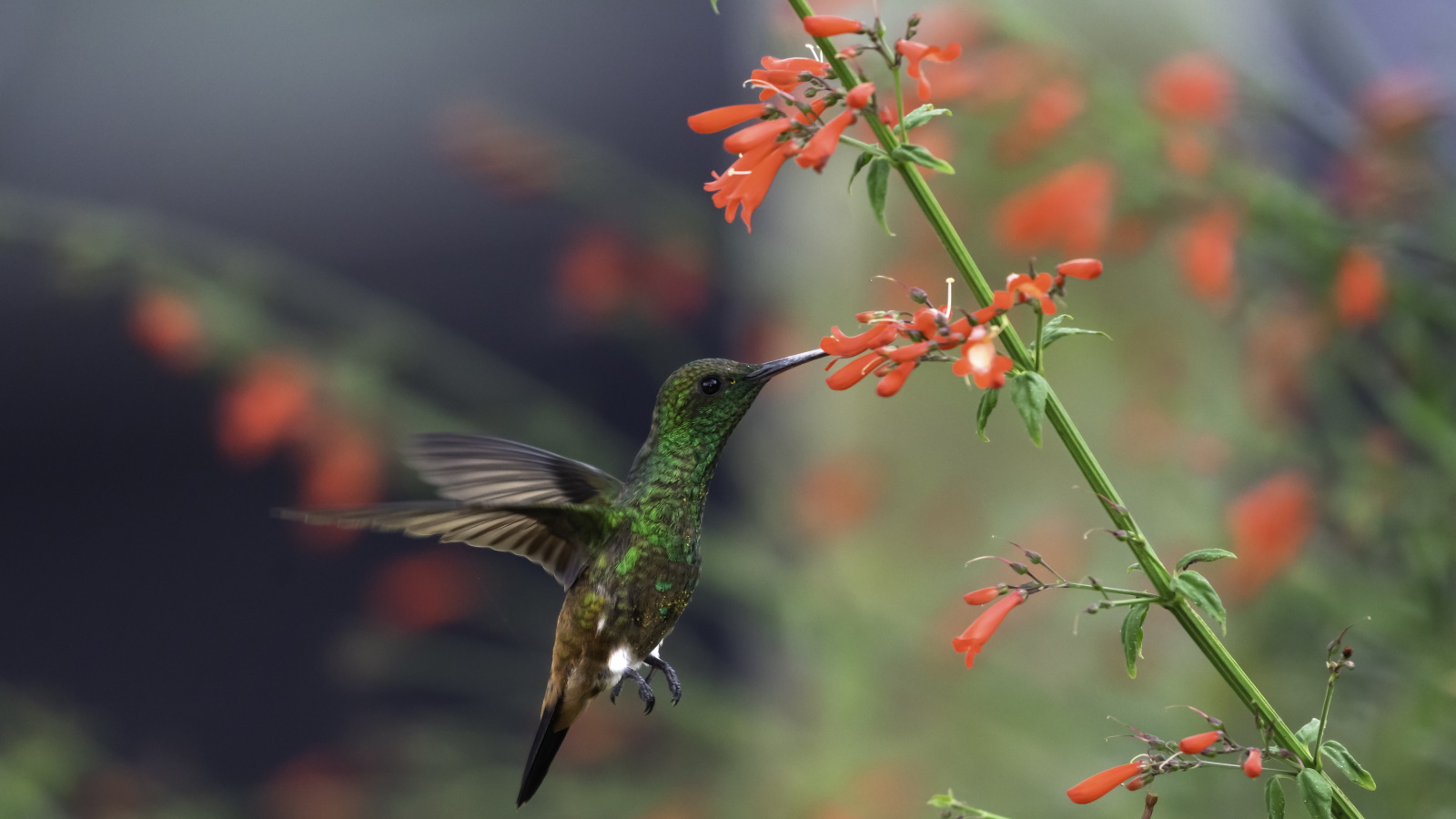
Spotting wildlife in the backyard is a welcome sight in spring. As birds, butterflies and bees return to our garden borders, we are reminded that the colder months are behind us and the long growing season is to come.
By filling our yards with native spring flowers to attract hummingbirds and pollinators, gardeners will be able to enjoy the welcome sight of wildlife buzzing and feeding during the spring and summer months ahead. So, if you are assessing your spring garden checklist, or considering spring garden ideas, planting native trees, shrubs and perennials is recommended, and, for your efforts, you can enjoy a wildlife show in your backyard.
Here, experts share some of the best native spring flowers to attract hummingbirds, butterflies and bees, helping you to create a garden for pollinators this year.
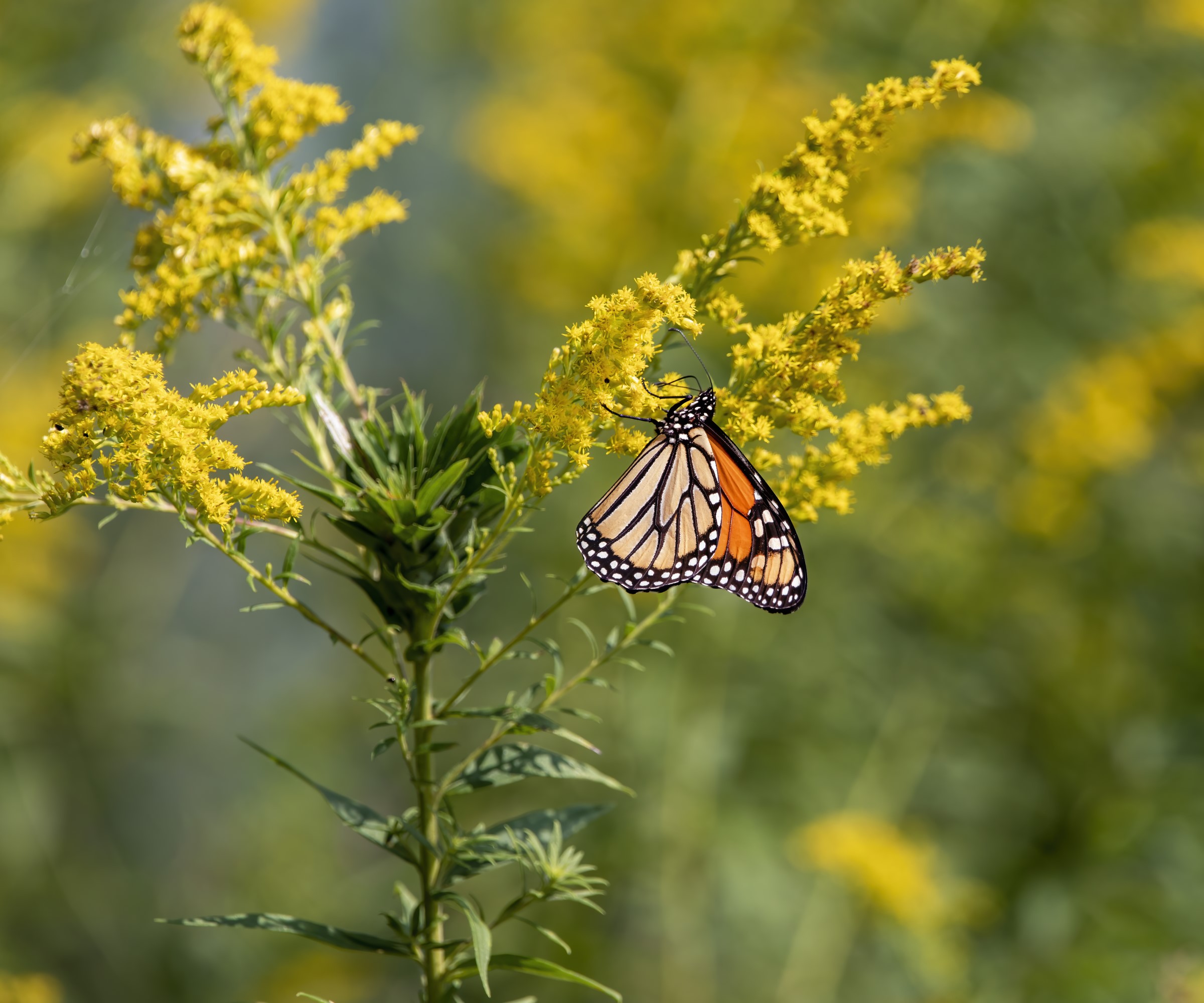
Spring flowers to attract hummingbirds, butterflies and bees
If you are seeking wildlife garden ideas, planting native spring flowers to attract hummingbirds, butterflies and bees is recommended. Doing so will mean that gardeners can enjoy the welcome sight of wildlife activity in the backyard in the spring and summer months.
1. Firebush
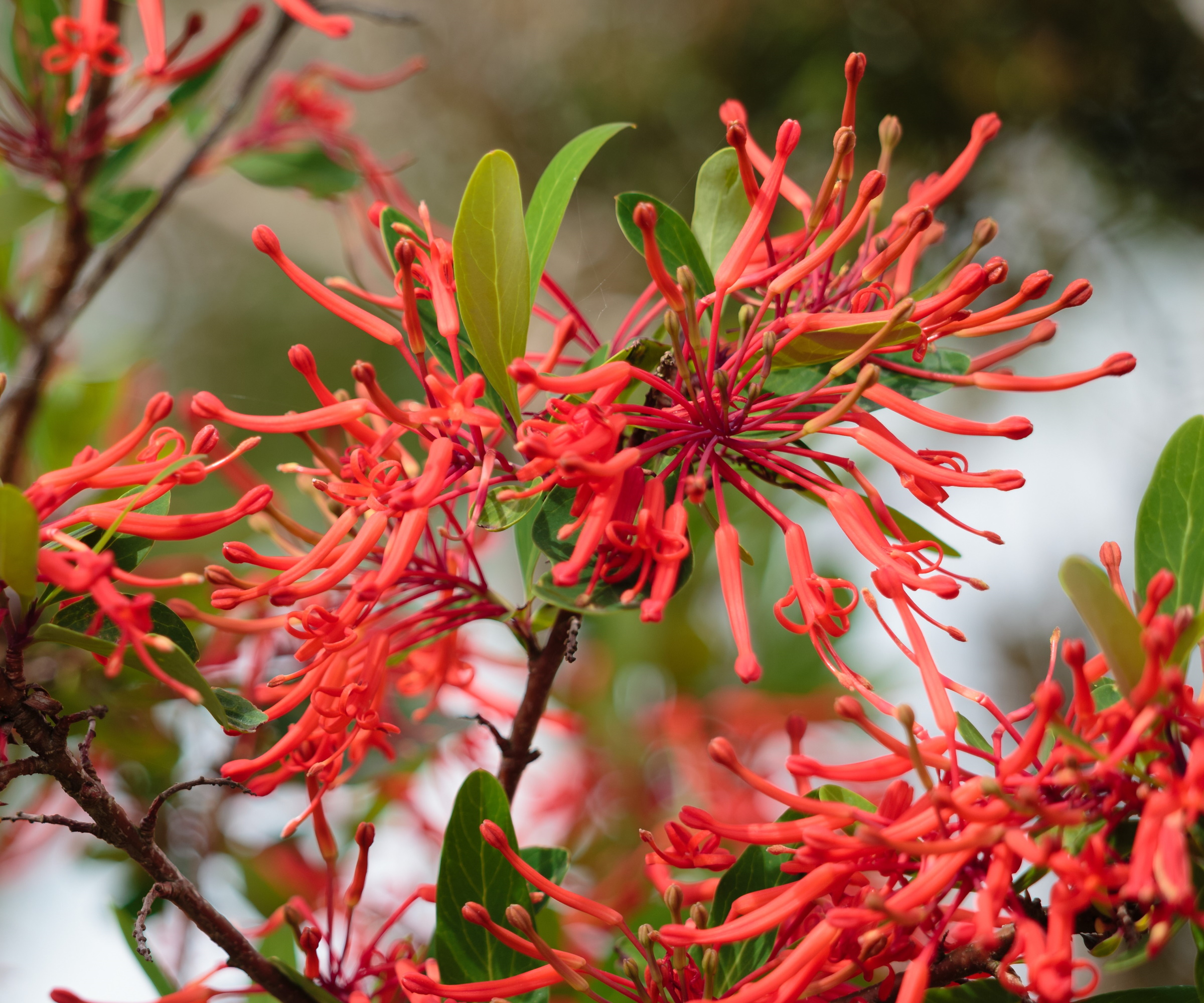
When considering how to attract hummingbirds to your yard, planting a firebush shrub in your borders will undoubtedly prove popular with birds and other pollinators.
The firebush shrub, or Hamelia patens, is native to the American subtropics and tropics, growing best in US hardiness zone 9 to US hardiness zone 10, with its range extending from southern US states, including Florida, down through Mexico to Argentina.
'Clusters of tubular, orange-to-yellow blooms explode like firecrackers on this Florida native shrub that is a favorite of hummingbirds and butterflies,' says Lilly Anderson-Messec, plant expert and Director of North Florida programs for the Florida Native Plant Society.
'Native to a variety of habitats in Central and South Florida, where the warm winters allow it to flower almost year-round,' Lilly adds. 'The firebush shrub blooms best in full sun but will grow in part shade with fewer blooms.'
2. Serviceberry

Spring flowering shrubs and trees can offer shelter and protection to birds while also providing nectar and berries. For those considering how to attract red cardinals and other birds and pollinators to your yard, growing native shrubs and trees is recommended.
'In our bird border, we planted a variety of mostly native small trees and shrubs, to provide habitat and food for birds,' says Meredith Simpson, horticulturist and leading grounds crew member at the Oudolf Garden, Detroit.
'Woodland plants that fruit in spring, like the Amelanchier or serviceberry, are beloved by birds,' Meredith adds. 'As soon as the border was planted, the cedar waxwings began to appear and stayed to eat.'
Many species of the serviceberry tree are native to North America, growing best in US hardiness zone 4 to US hardiness zone 8, growing from Maine to Alabama.
Serviceberry trees are available to buy online at Garden Goods Direct.
3. Texas bluebonnet
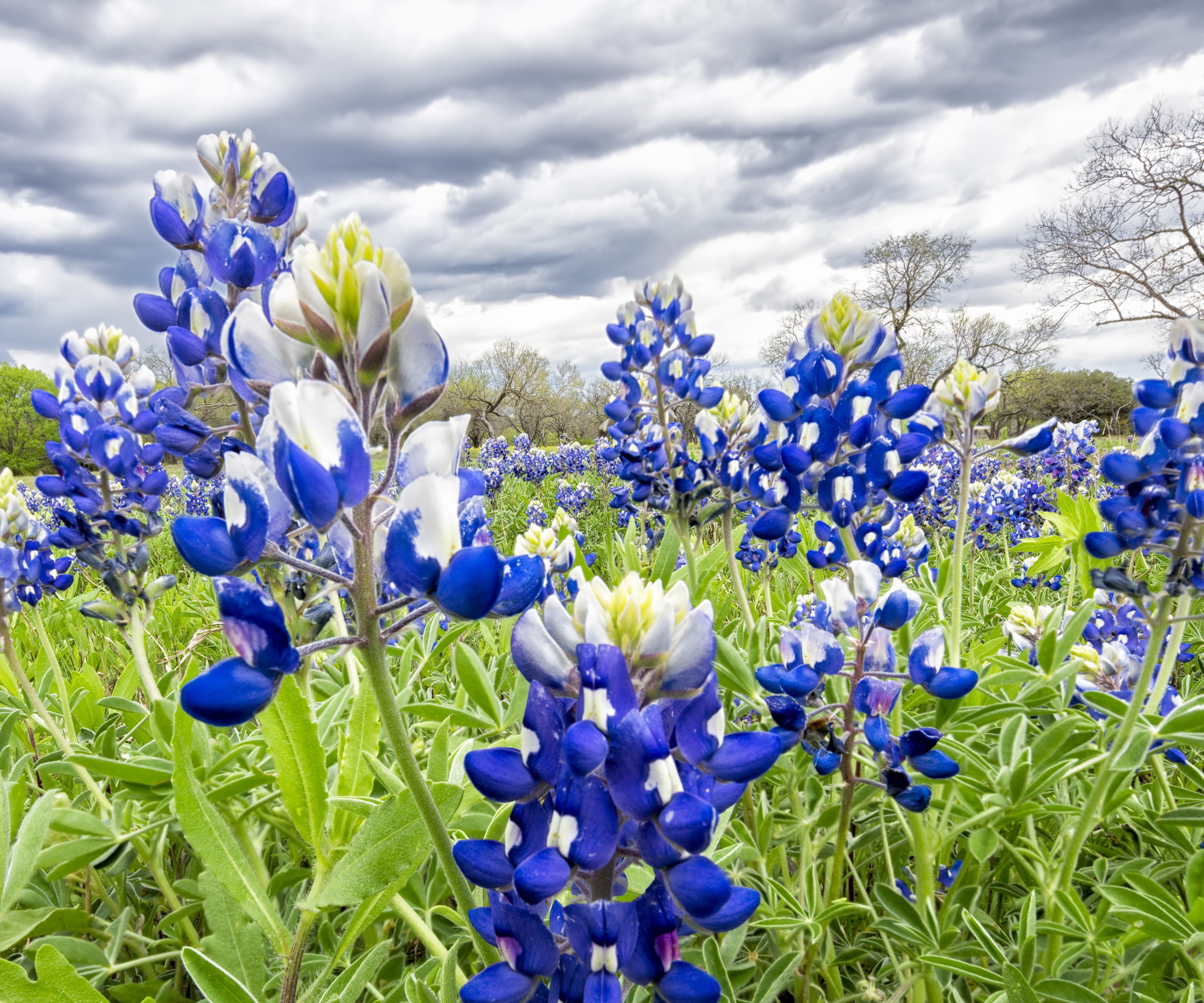
The Texas bluebonnet, Lupinus texensis, is a striking native lupin found growing in Texas, Florida, Louisiana and Arkansas. As the state flower of Texas, bluebonnets and other lupins are celebrated as popular plants for pollinators, with nectar-rich blooms illuminating prairies and backyards from spring.
When considering how to grow bluebonnets, these plants do best when planted in US hardiness zones 4 to 8, preferring a full-sun position with free-draining soil.
Another beautiful option is the golden lupin, Lupinus densiflorus, found growing along the Pacific coast. This species is a popular California native planting option that birds and butterflies love.
Shop for native spring flowering plants
Aquilegia canadensis is a North American native flowering perennial that will flourish in your garden. Its unique, long lasting flowers attract hummingbirds making it a staple in any wildflower garden.
Producing blankets of cluster flowers from spring to fall, these annuals look beautiful when used as hanging plants or when planted in a container. Popular with pollinators and birds, lantanas will add impact to any space.
This blue lupin, Lupinus 'Gallery Blue', features beautiful spires of blue flowers. This classic American perennial is wonderful for cut flower arrangements and attracts hummingbirds, butterflies, and other beneficial pollinators.
4. Lantana
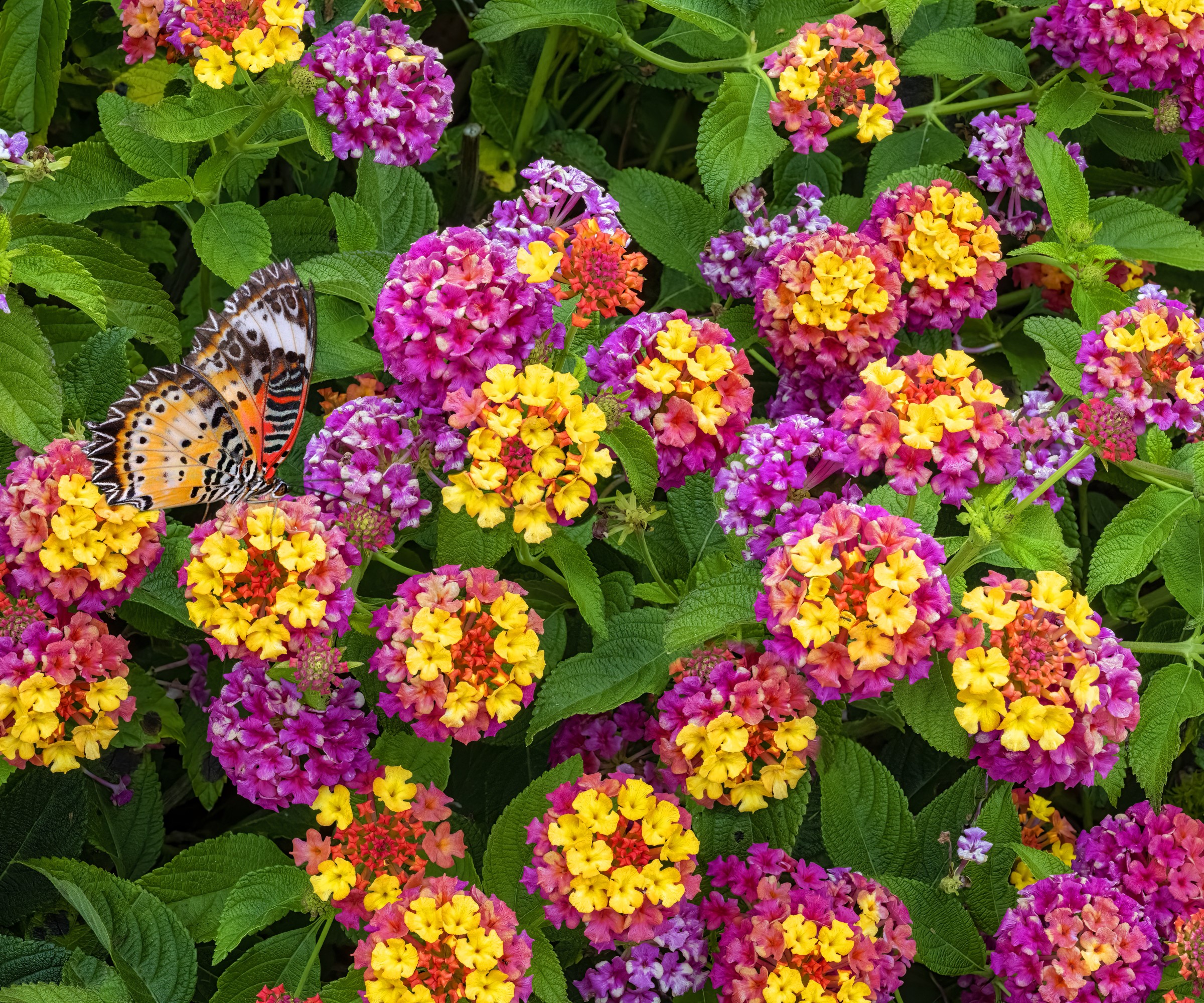
Lantana are flowering plants that are native to tropical regions of the Americas. They can 'tolerate the heat and drought found here in the south,' says Tricia Hunt, plant expert and owner of Millstone Nursery, based in Germantown, Tennessee.
The bright blooms are almost kaleidoscopic in color and are a 'magnet for bees, butterflies, and hummingbirds,' Tricia says. 'From early morning until late in the evening, your lantana plants will buzz with activity, and who knows, you might even spot a hummingbird moth feeding on the sweet nectar.'
For gardeners wanting to know how to grow lantana, these plants are considered low-maintenance and hard-working, flowering for much of the spring and summer and lasting until the first frost.
Growing best in US hardiness zone 7 to zone 11, those in cooler zones can grow lantana plants in containers or as annual plants, considered as one of the best and most striking spring flowers for pots.
5. Columbine
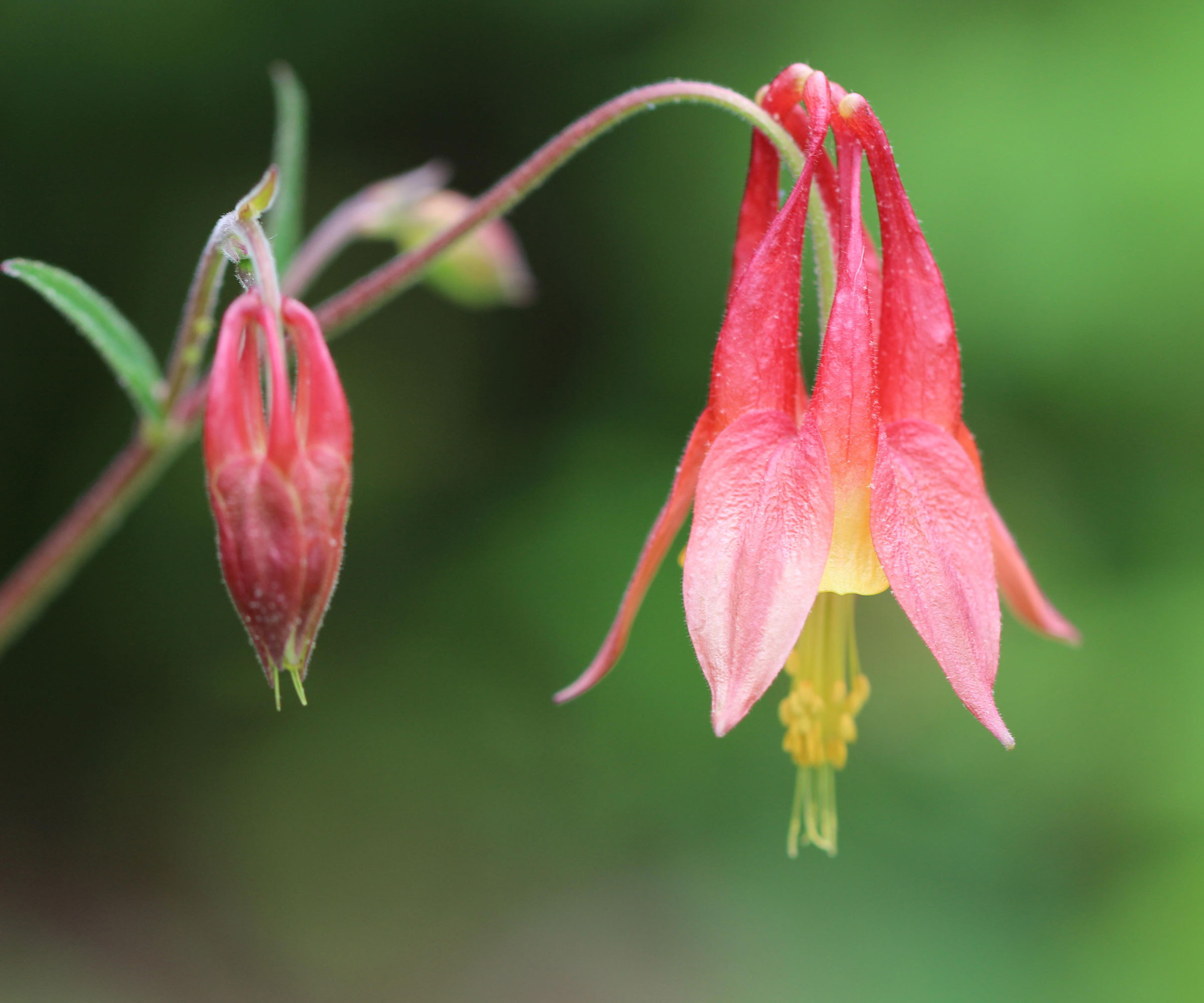
One of the most popular spring flowering plants, columbines are striking flowers that attract bees, butterflies and birds. Red columbine, or Aquilegia canadensis, is a perennial plant native to North America, celebrated for its clashing red and yellow blooms.
Columbines are popular cottage garden plants, often paired with foxgloves or roses in backyard flowerbeds. The native red columbine is often associated with wild meadows and prairies, happily self-seeding in open grassland.
For those gardeners asking what is prairie planting or what is meadowscaping, giving a small part of your yard to native perennials and wildflowers is certainly one of the most popular and appealing garden trends of recent years. Planting one or two native plants, such as columbines, can have a big impact, with wildlife drawn to these blooms.
Columbines are typically hardy and can be grown in US hardiness zone 3 to zone 9, preferring a partially shaded position in well-draining soil. Flowers will bloom in the spring, and they are often considered one of the best native spring flowers to attract hummingbirds and other pollinators.
FAQs
What spring flowering plants can I grow in a container?
While all of the above plants can be grown in a container, lantanas and lupins are two spring flowering options that are colorful, long-lasting and are proven to be popular with pollinators. As with any container display, ensure that you incorporate plenty of drainage when planting, watering consistently through the spring and summer when the temperatures rise.
Incorporating native spring flowers to attract hummingbirds and other pollinators in backyard borders should be an important consideration for all gardeners.
If you have a shady backyard and wonder what flowering plants you can grow, fear not, numerous shade plants that attract hummingbirds and pollinators produce beautiful blooms even in shady spots.







